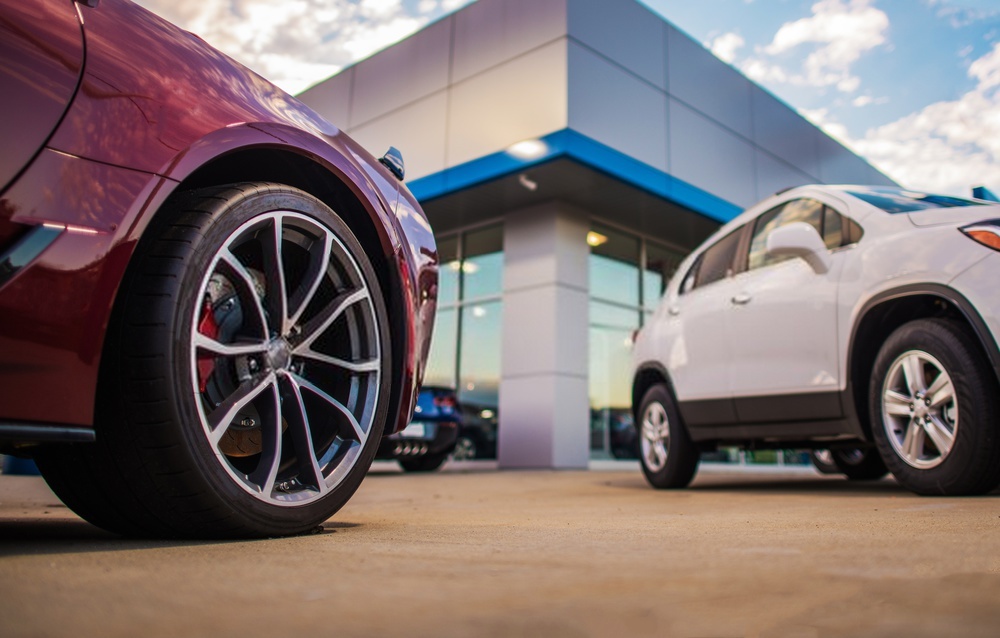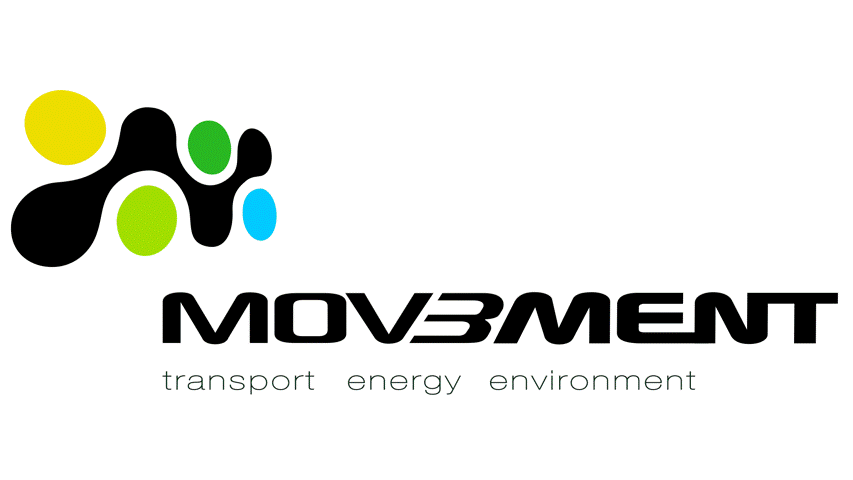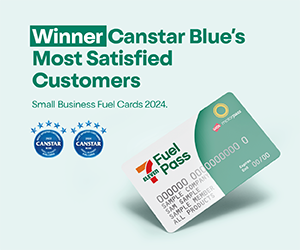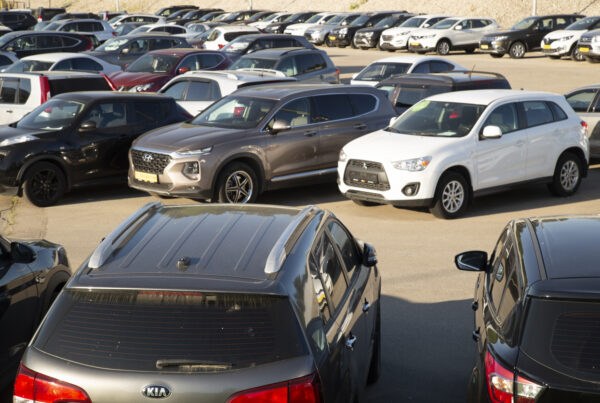Japanese car brands’ performance bounce back from a slow April in Indonesia’s car market, while overall sales are down by 15.1 per cent year-on-year. The Association of Indonesia Automotive Industries (GAIKINDO) disclosed car market figures for the month of May, reporting overall retail sales of 61,339 units. Cumulative sales starting January amount to 316,981 units, down 5.5 per cent year-on-year.
MARKET STATISTICS
By category, 4×2 vehicles sold the most in retail sales with a total of 33,499 for the month of May and account for 56.1 per cent of the market share. “Affordable energy saving cars 4×2” follow its petrol counterparts with sales of 9,974 units and17.8 per cent of the market share. Pick-up trucks come in 3rd place with 4,566 vehicles sold and 7.1 per cent market share acquired. 4×4 type internal combustion engine (ICE) vehicles comprise 3.2 of the market share with 2,525 vehicles sold. Next are double cabin vehicles, both 4×2 and 4×4, which sold 1,896 units and acquired 2.6 per cent market share. Sedans follow suit with 424 vehicles sold and only 0.7 per cent of the market. Last, only 303 buses were sold last May, acquiring 0.6 per cent market share.
By brand, Indonesia’s top 5 performing car brands for the month of May all hail from Japan. The top-selling brand for May 2025 is Toyota, with 34.6 per cent market share acquired and 20,995 vehicles sold. While the automaker takes the number one spot, its sales for the month are down 10.6 per cent year-on-year.
Toyota subsidiary Daihatsu is the second-best selling brand with 11,166 vehicles sold and 18.4 per cent of the market acquired. Daihatsu sales increased by 3,000 units since last month but are down 25.5 per cent year-on-year.
Mitsubishi sold less than half of Daihatsu with 4,756 units sold and 7.8 per cent market share. Mitsubishi sales declined by 31.8 per cent compared to last year. Its truck and bus counterpart, Mitsubishi Fuso, sold 1,967 units last month, down 18.4 per cent from last year.
Suzuki follows Mitsubishi at 4th place, selling 4,756 vehicles and acquiring 6.5 per cent of the market share. Their sales also declined by 32 per cent year-on-year.
Rounding out the top 5 is Honda with 3,166 vehicles sold and 5.2 per cent market share acquired. The automaker’s sales are down by a staggering 56.6 per cent compared to May last year.
Chinese EV maker BYD is placed 6th, selling 2,799 vehicles and acquiring 4.6 of the market share. It beats out fellow EV maker Chery, which sold 1,993 units and acquired 3.3 per cent of the market share. Unlike the brands before it, Chery saw an increase in sales by 105.9 per cent year-on-year.
According to an industry expert, increased sales of Chinese brands last April triggered a “wake-up call” for Japanese automakers who were in their “comfort zone.” Thus, a general improvement in performance for several of them.
TOP-SELLING VEHICLES
Similarly, the market’s top 10 selling vehicles are from Japanese brands as well. Toyota has 4 models in the top, namely: the Kijang Innova, Avanza, Calya, and Rush. The Kijang Innova, as well as its Reborn and Zenix variants, collectively sold 5,173 units. The Avanza followed with 3,360 units sold. Calya and Rush reached the 5th and 6th place with 2,480 units and 2,431 units sold respectively.
Daihatsu also breached the top 10 with 4 models, including the Granmax Pickup, Sigra, Terios, and Gran Max. The Granmax Pickup sold 3,283 units, claiming the third spot after the Toyota Avanza. At the fourth spot is the Sigra, selling 3,059 units. The Terios claimed the 9th spot with 1,689 units sold. Lastly, the Gran Max, both Blind Van and Minibus variants, sold 1,594 units, putting it at the 10th spot.
The non-Toyota entries are the Suzuki Carry Pickup and Mitsubishi XPander. The Suzuki Carry Pickup placed 7th and sold 2,307 units. The Mitsubishi XPander, including the XPander Cross, sold 1,959 units—placing it at 8th place.
Was this article informative? Let us know by leaving a like!














